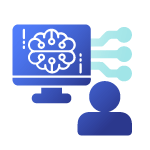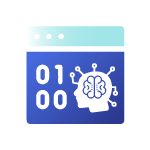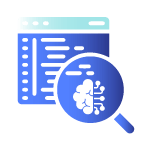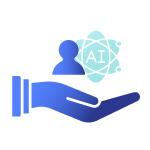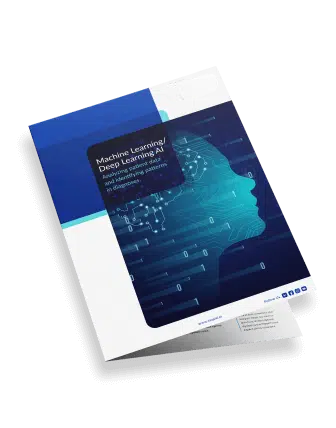Why AI, ML & DL Technology for Healthcare Risk Adjustment?
AI, Machine Learning (ML), and Deep Learning (DL) are transforming healthcare risk adjustment by improving accuracy, efficiency, and overall patient outcomes. These technologies enable precise risk identification, allowing for early interventions and better care management.
By automating coding, documentation review, and data analysis, AI-powered solutions reduce manual workload, enhance compliance, and optimize resource allocation. They also help mitigate disparities in healthcare by delivering objective, data-driven risk assessments, ensuring equitable treatment plans.
Furthermore, AI, ML, and DL drive population health insights by identifying patterns in vast datasets, empowering healthcare organizations to make informed decisions for targeted interventions. As these innovations evolve, their impact on healthcare risk adjustment will continue to grow, leading to enhanced efficiency, reduced costs, and improved patient outcomes.
SPEAK TO AN EXPERT>
How AI, ML & DL Are Transforming Healthcare Risk Adjustment
Accurate diagnosis coding is essential for effective healthcare risk adjustment and reimbursement. However, the complexity of coding systems and the vast number of codes available make this a challenging task for providers.
AI, ML & DL technologies revolutionize this process by analyzing patient data, identifying patterns, and predicting the most appropriate diagnosis codes for each encounter. This enhances accuracy, reduces errors, and ensures proper reimbursement while significantly saving time for healthcare providers.
These AI-driven systems continuously learn from new data, adapting to evolving healthcare trends and coding guidelines. By leveraging AI for risk adjustment, healthcare organizations can streamline processes, improve coding accuracy, and ultimately enhance patient outcomes while optimizing operational efficiency.
SPEAK TO AN EXPERT>
Why Choose Metacare AI’s AI, ML & DL Solutions for Healthcare Risk Adjustment?
Value-Based Care (VBC) organizations face major challenges in securing accurate reimbursements, especially in risk adjustment. Proper ICD and HCC coding require detailed medical chart reviews, making the process complex and time-intensive.
Metacare AI’s AI, ML & DL-powered solutions transform risk adjustment by using advanced algorithms to predict the most appropriate diagnosis codes based on patient history, symptoms, and clinical data. These intelligent systems reduce manual work for HCC coders, enhance accuracy, and improve treatment planning.
By automating workflows and ensuring precise documentation, Metacare AI helps healthcare organizations optimize reimbursements while maintaining compliance with evolving coding guidelines. This leads to increased efficiency, better patient outcomes, and a more effective healthcare system.
SPEAK TO AN EXPERT>



